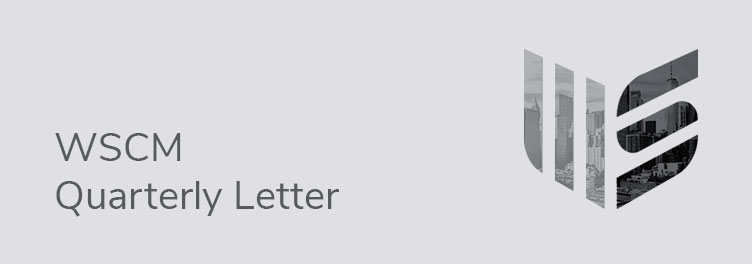
The second quarter of 2021 was a good one for the popular averages, but—similar to the first—was notable for its rotation from value to growth, and small capitalized companies to large, then back again. Volatility and speculation picked up, adding to the difficulty for portfolio and fund managers to outperform, and most did not.
The story for the year may be the rapid rebound in the U.S. economy, but earnings growth has been and still is the story for most companies as we enter the second half of 2021. It has been nothing short of remarkable. Before the pandemic, 2021 earnings growth was expected to be just shy of 11%. But thanks to unprecedented massive government stimulus, these expectations were rapidly revised higher. At the start of the year consensus estimates were for growth of about 23%. Today earnings growth is approaching 40%. These numbers are obviously unsustainable, and 2021 earnings may be beginning to eat into 2022’s growth rate. From an historical standpoint, since 1950 the compound annual growth rate for S&P 500 earnings has been slightly above 6%. Similar to how earnings growth has been robust, equity market returns have far exceeded their historical compounded returns of just shy of 8% since 1950.
Our April letter pointed to a robust equity market but with clouds in the future. Since then we think these clouds have intensified. Without further enactments, the effects of fiscal policy stimulus are fading, a divided Congress is pushing its own priorities, monetary policy is becoming more confusing, COVID-19 variants are emerging, regulators are becoming more aggressive, and geopolitical challenges are building.
We continue to believe the fading fiscal policy tailwind is one of the more important of these impacts on the economy, corporate profits, and equity prices. Regardless of what happens with the infrastructure package, the U.S. will have at least a $1.5 trillion fiscal drop in 2022. This is primarily because infrastructure spending takes years to be distributed, new social spending is just offsetting what has been spent, and tax increases, if included, are immediate. $2 trillion of COVID aid is not the same as $2 trillion of infrastructure spending. The net impact, under the most optimistic scenario, is roughly $130 billion of new spending, which hardly dents the $1.8 trillion run-off. Without a new round of rebate checks going out, there is the possibility that the U.S. is headed for its largest fiscal contraction since the drawdown of WWII.
Of course, a lot of this is conjecture at this point, and will remain so until we see what actually comes out of Washington D.C. There are also offsets to the fiscal cliff: corporations and U.S. consumers are flush with cash, jobs are plentiful and wages are rising, U.S. corporations are increasing cap-ex intentions to meet resurgent demand and the realignment of global supply chains. Importantly, productivity is surging, thanks to technology and automation investments, partly caused by the COVID shutdown.
We continue to believe that we are in a secular bull market that is characterized by higher corporate profits and lower long term inflation. There are enough uncertainties, however, that near term caution is advised.
July 2021
Click to Download
PLEASE NOTE: Unless otherwise stated, the firm and any affiliated person or entity 1) either does not own any, or owns less than 1%, of the outstanding shares of any public company mentioned, 2) does not receive, and has not within the past 12 months received, investment banking compensation or other compensation from any public company mentioned, and 3) does not expect within the next three months to receive investment banking compensation or other compensation from any public company mentioned. The firm does not currently make markets in any public securities.